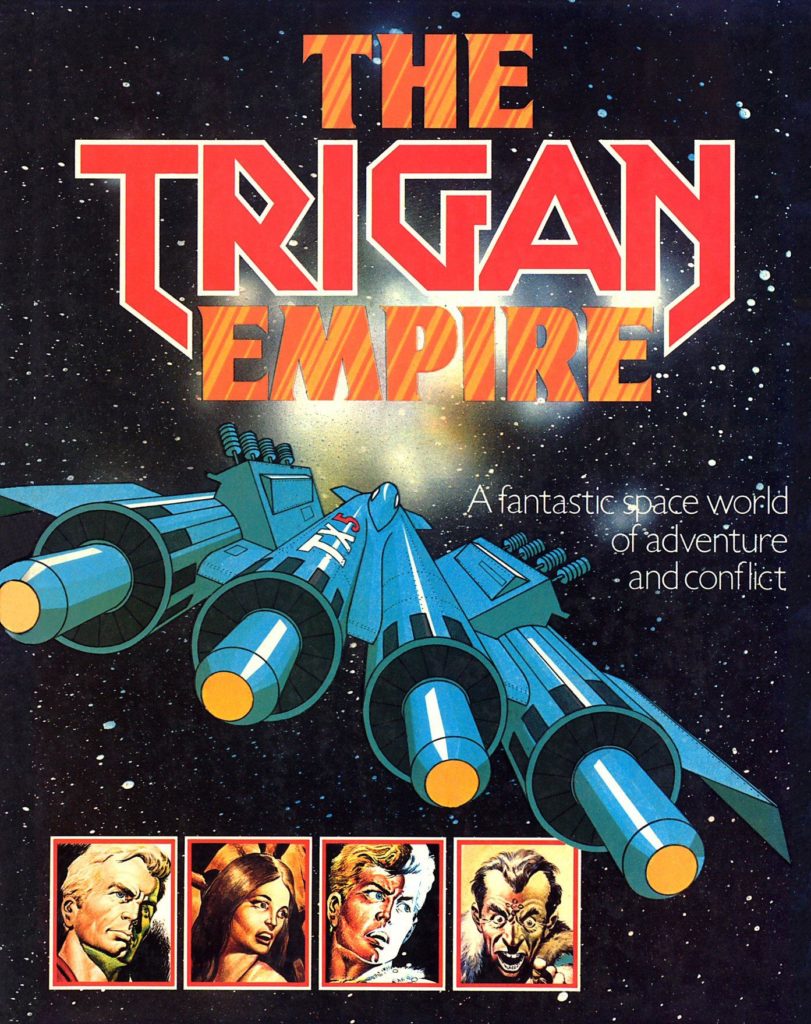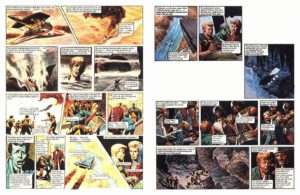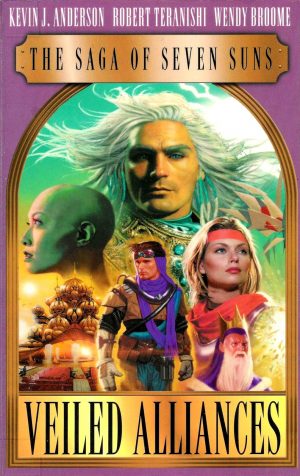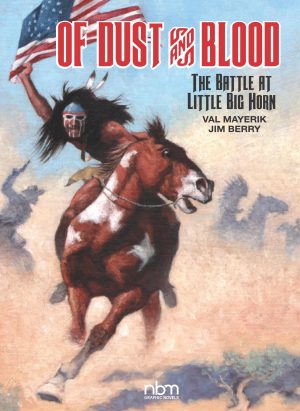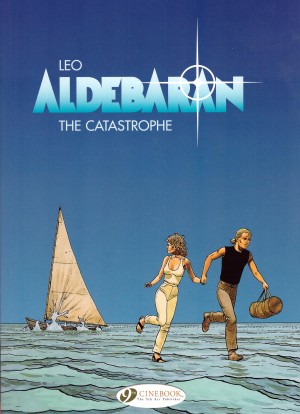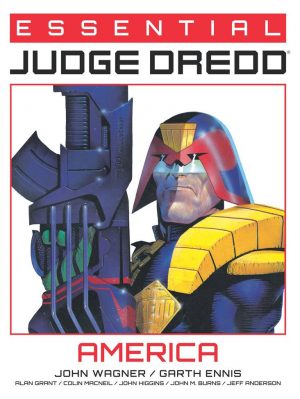Review by Frank Plowright
Hamlyn’s hardcover collection of Trigan Empire stories was very welcome back in the day, but with other options now available it’s the least desirable of all Trigan Empire reprints. For starters, what’s that cover about? Anyone unfamiliar with the strip is led to believe it’s a space saga, perhaps something like Star Wars, relatively new in 1978, while the small character inserts along the bottom feature at least one person with a very minor part. For all its strengths, The Trigan Empire had very little time for women, and the temporary reign of Queen Thara presented here is about the largest role for a woman in the entire run. The woman pictured, however, is Ursa, Emperor Trigo’s wife, used as a source of drama in one story, then never seen again. A further downside is the reproduction. The rich photogravure printing of the original series is here overexposed, the settings too vivid, and in places the definition drops out in the brightest sections. Beyond that, pages are awkwardly cut and pasted in order to conceal some episodes only running a page and a half.
Overlooking the production, the strip itself is a classic, justifiably considered among the best ever in British comics, and any random page of Don Lawrence’s art over the seven stories shows why, even with the questionable reproduction. Lawrence paints in coloured ink, and creates a lush Romanesque world in which futuristic aircraft and previously unknown monsters also exist. His locations are beautifully realised, his designs have a grandeur, and his cast are always drawn with the primary objective of being able to distinguish one person from another. The exceptions to that are Emperor Trigo and his nephew Janno being cut from the same heroic cloth, Trigo only differentiated by the slight streaks of grey in his hair.
In contemporary terms, Mike Butterworth’s world building is immense. Alternative reprint volumes are able to devote articles to the lands and cultures of the planet Elekton, but Butterworth added these gradually, beginning with the five lands of a single continent. Vorg is home to a nomadic tribe, and the opening story details how Trigo’s vision changed the culture to a residential people and from there built the empire of the title. Other races populate the other lands, and we’re introduced to some of them, the Lokans being the most reliable source of devious villainy. Due to only having two pages available to him Butterworth had to inject a pace into his plots, and they’re page turners featuring terror, tension, and threats. The action is prioritised, which leaves very little room for anyone to develop beyond an archetype, and all these stories occur before Butterworth began repeating the themes of his plots, so have an innovative freshness.
All these stories and a few more are found in the opening volume of Rebellion’s The Rise and Fall of the Trigan Empire, which has better reproduction and is the far more desirable package. Alternatively, if money’s no object, there are also two luxurious, oversized, leather bound hardcovers, The Invaders From Gallas and Revolution in Zabriz.
